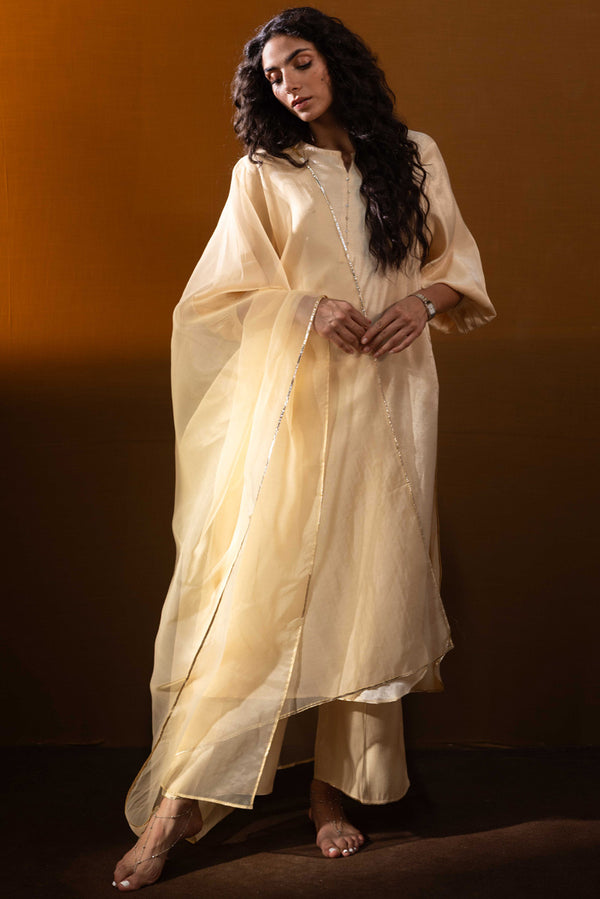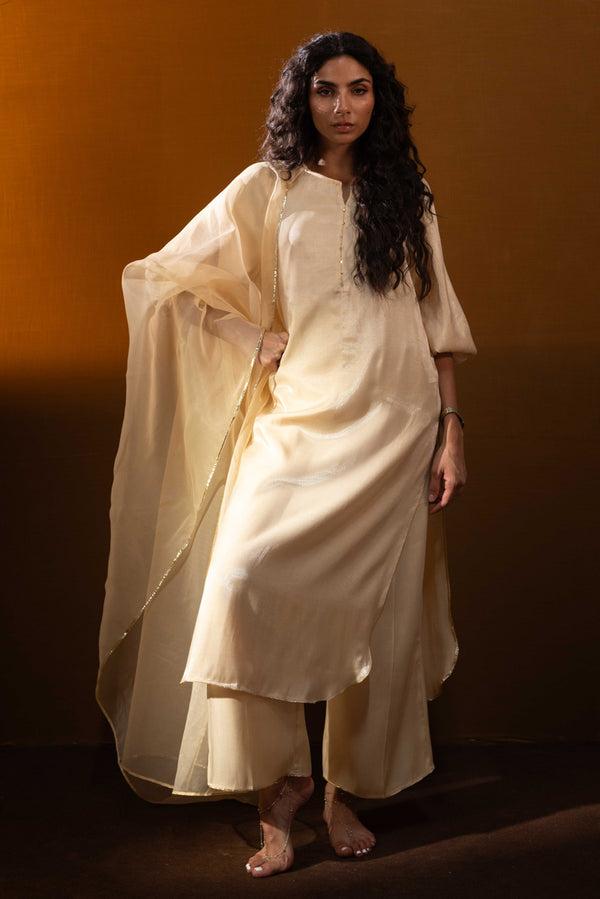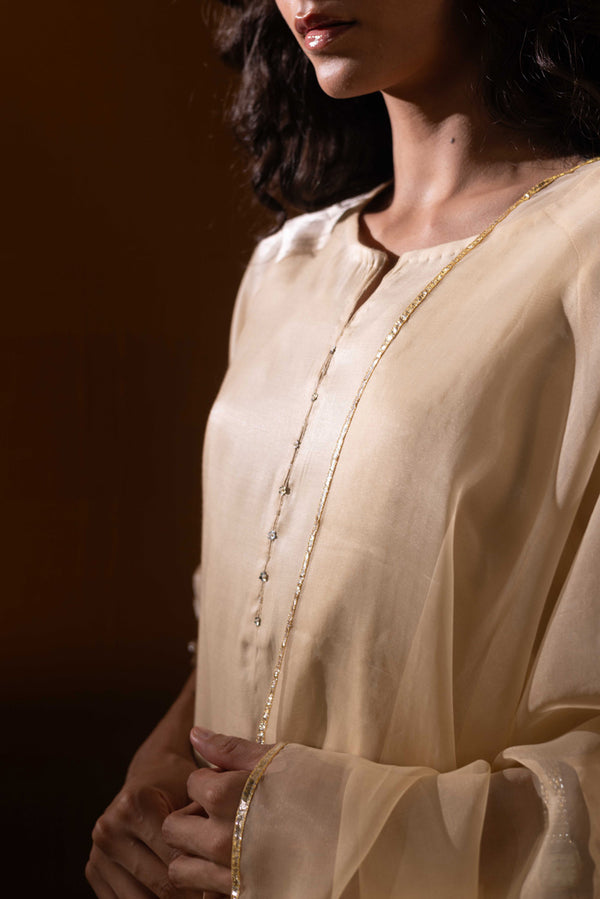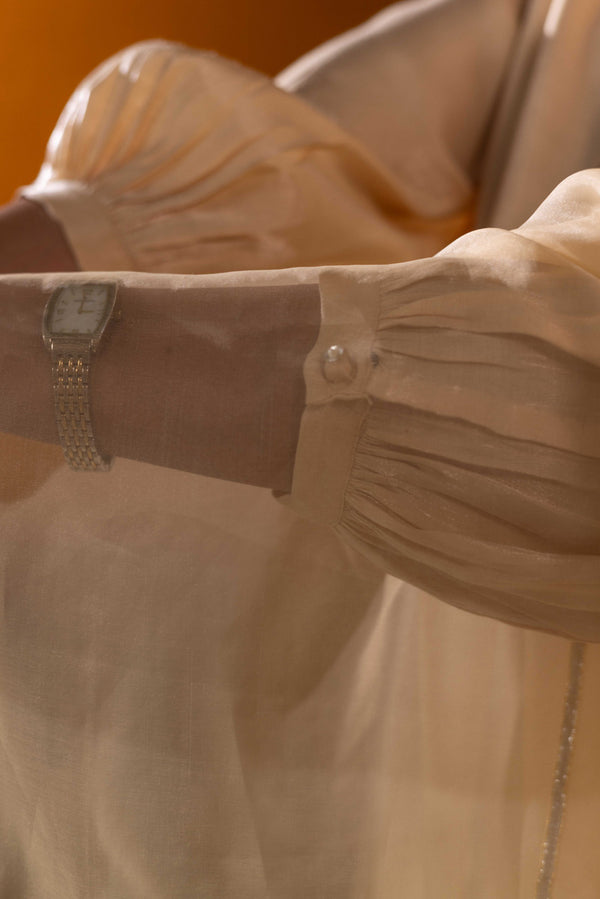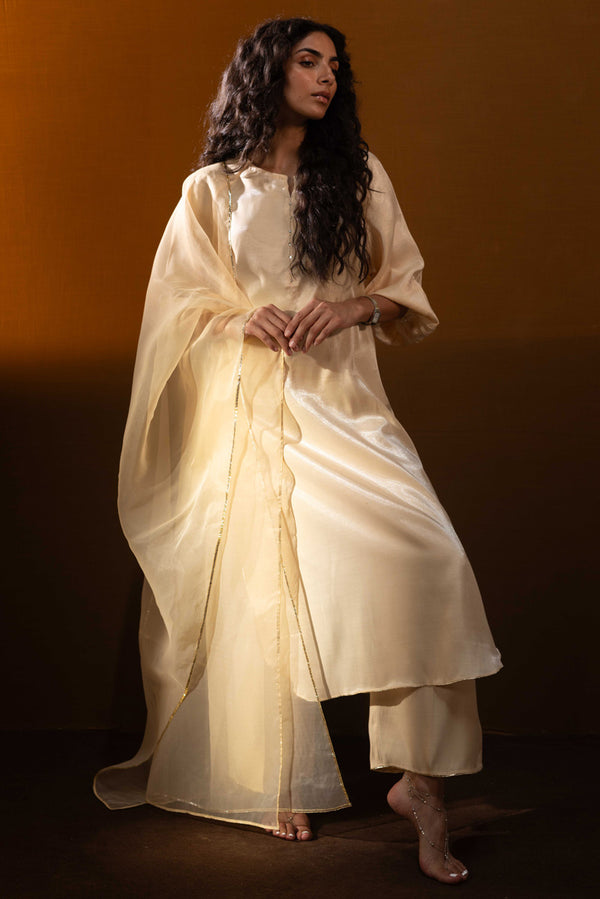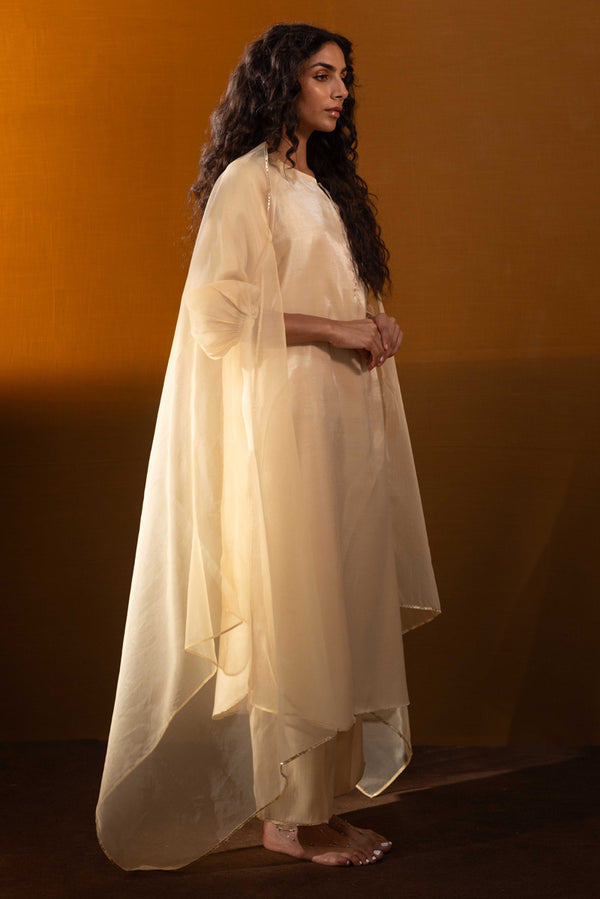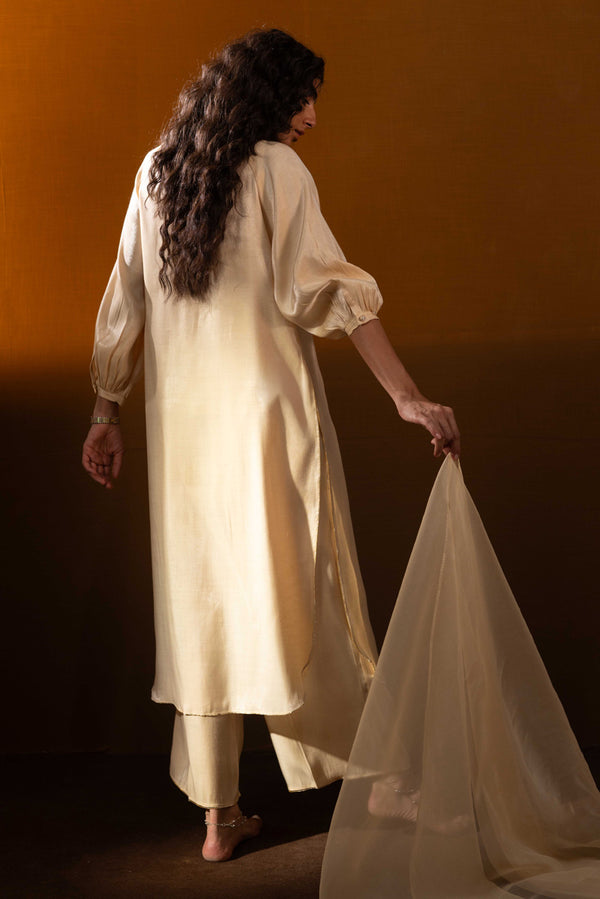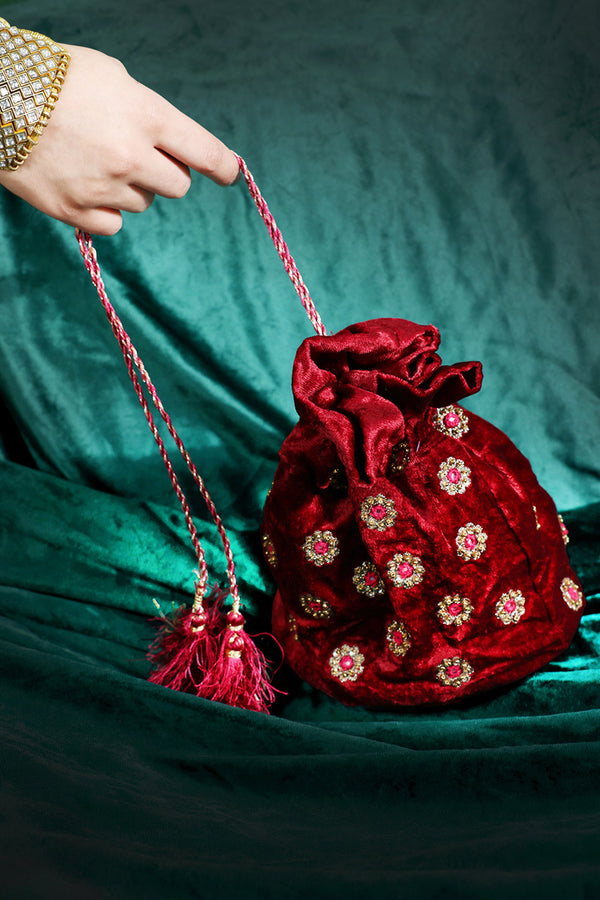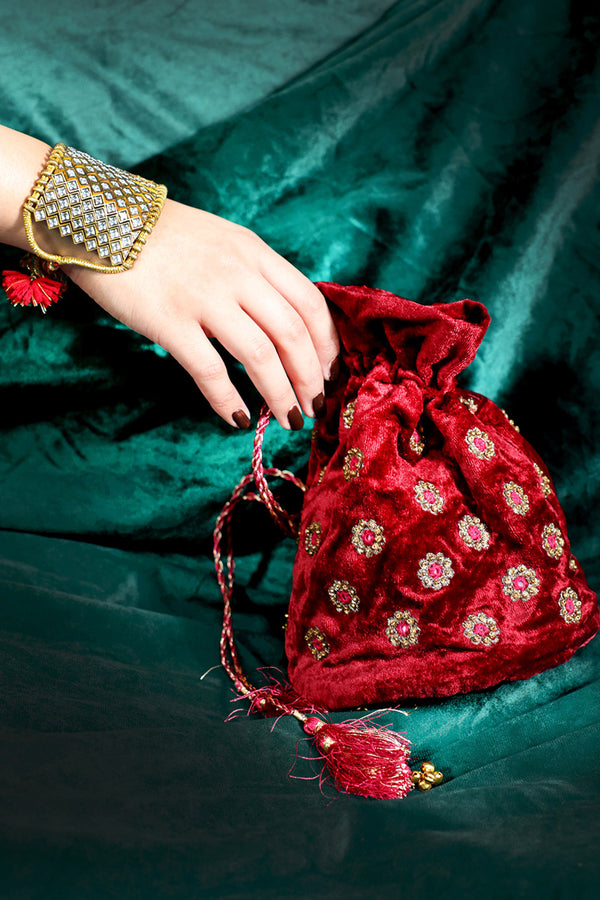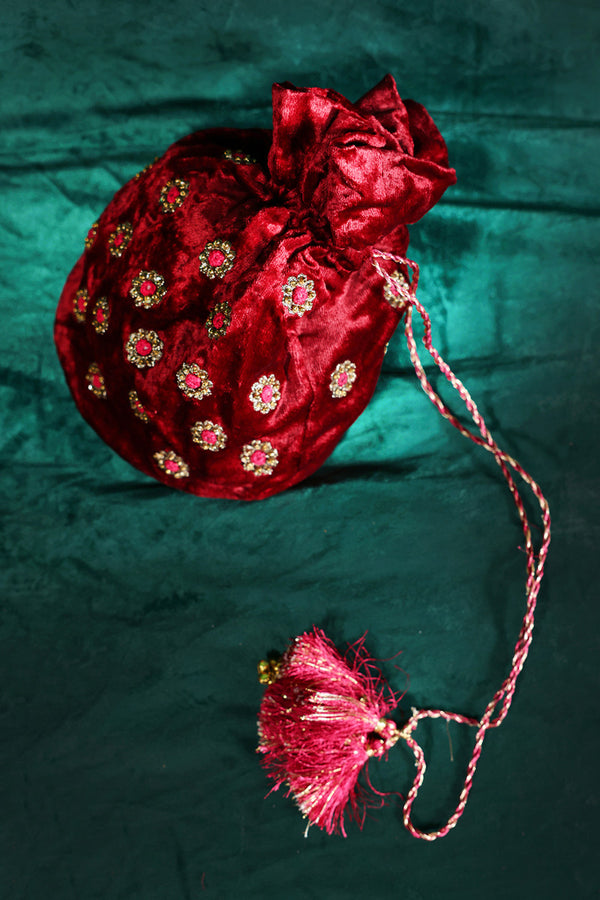December 21, 2020
In conversation with Aamina Hashmi
 In today’s concrete jungles and grey skies, anything leafy, green and floral is a truly serene and intimate experience. Humans have increasingly grown apart from nature, at least speaking in relative terms with the previous generations. In such times, people who have created green little worlds of their own are very lucky and not only that but inspiring for other people. So let us walk through Aamina Hashmi’s world and understand her love affair with all things hari bhari and phooldaar!
Having lived all over the country due to her father serving in the military, Aamina was exposed to a lot of different types of plants, in various settings and climates. She told us that she had always been intrigued by nature and was very observant of it, but started formally working with plants 6 months ago. It is impressive how in such a short time she has created herself such a wonderful world skillfully and intelligently!
In today’s concrete jungles and grey skies, anything leafy, green and floral is a truly serene and intimate experience. Humans have increasingly grown apart from nature, at least speaking in relative terms with the previous generations. In such times, people who have created green little worlds of their own are very lucky and not only that but inspiring for other people. So let us walk through Aamina Hashmi’s world and understand her love affair with all things hari bhari and phooldaar!
Having lived all over the country due to her father serving in the military, Aamina was exposed to a lot of different types of plants, in various settings and climates. She told us that she had always been intrigued by nature and was very observant of it, but started formally working with plants 6 months ago. It is impressive how in such a short time she has created herself such a wonderful world skillfully and intelligently!
 How did you learn this work?
Aamina:
There are tons of sources for anyone to get into gardening, but what helped me most was when I started understanding how different plant families differed from each other. I would spend hours on Google and YouTube going through forums and videos about specific aspects of each plant, and with my blog, I want to streamline the learning process for anyone out there that wants to get into gardening.
What was the first plant you grew and where?
Aamina:
The first plant I grew was a “Money Plant”, through water propagation, and I later transferred it into soil. I grew this in my art studio, where I focus on my other indoor plants as well.
How did you learn this work?
Aamina:
There are tons of sources for anyone to get into gardening, but what helped me most was when I started understanding how different plant families differed from each other. I would spend hours on Google and YouTube going through forums and videos about specific aspects of each plant, and with my blog, I want to streamline the learning process for anyone out there that wants to get into gardening.
What was the first plant you grew and where?
Aamina:
The first plant I grew was a “Money Plant”, through water propagation, and I later transferred it into soil. I grew this in my art studio, where I focus on my other indoor plants as well.
 We learnt that Aamina has a diverse variety that she works with ranging from indoor to outdoor plants. Her favorite, however, are indoors including Money Plant/Pothos, Snake Plant/Sansevieria and Bamboo Palm since they are easy to grow and maintain near a well-lit window. Snake plant are also air purifiers so she suggests them to anyone interesting in indoor plants! Who wouldn’t want a natural air purifier in their homes? Hello oxygen and glowing skin!
Did you make any mistakes while learning?
Aamina:
I made a lot of mistakes in the start, and tons of my plants died. I was rushing to nurseries almost daily, bugging the store managers, and trying to find out what went wrong. I’d constantly visit forums, and posted pictures of my plants as well, asking for help and suggestions.
However, after all this experimentation, I learned a lot, and now I’m confident enough to share all this with my followers.
What was your first "success”?
Aamina:
My first success was with a rescue plant, which was abandoned in a street. I picked it up, cared for it, and after a month of constant care, it’s perfectly healthy, and has grown roots.
What advice would you give to a novice in the area?
Aamina:
It’s okay to face failure, and you’ll struggle a lot in the start. Don’t give up, and remain hopeful, and learn from your mistakes. Document where you went wrong, and don’t be afraid to ask for help online. With every living thing, it’s important to understand that this is a big responsibility, and you should only pick it up if you’re willing to care for them daily. Start with the easier plants that require minimum care, like snake plants.
While speaking about her passion, Aamina shed some light on the effect it has had on her life. “This has increased my sense of appreciation, curiosity, and understanding about the things around me. Things that felt ordinary to me before are now part of my life.” It is interesting to see how we go about our mundane lives without noticing things around us, like nature. But as soon as we come close to it and take up passions involving it, ordinary things start becoming extraordinary. She added that, “It has helped me accept both failure and loss and has made me knowledgeable about things. I’m more punctual because of it, and it has brought a positive change in my sleeping habits as well. I’m more active, and cautious about how I approach things.” Clearly this passion comes with these added benefits! When passions become habits, that’s when all good things peak.
Now let us move towards some of the technicalities.
Aamina suggests local nurseries for seeds and online retailers for tools. Tools are also easily available at nurseries and hardware stores. She makes her planting decisions according to available space and expected sunlight in that spot. When asked about tips and tricks that she picked up along the way, Aamina told us to always have a bag of soil, and extra pots, because there is a chance for your plants to get damaged for a variety of reasons, so it is always nice to be prepared.
We also requested her to draft a beginner’s shopping list for any of our interested readers:
Soil: Regular Garden Soil, Sand, Coco Peat and Compost
We learnt that Aamina has a diverse variety that she works with ranging from indoor to outdoor plants. Her favorite, however, are indoors including Money Plant/Pothos, Snake Plant/Sansevieria and Bamboo Palm since they are easy to grow and maintain near a well-lit window. Snake plant are also air purifiers so she suggests them to anyone interesting in indoor plants! Who wouldn’t want a natural air purifier in their homes? Hello oxygen and glowing skin!
Did you make any mistakes while learning?
Aamina:
I made a lot of mistakes in the start, and tons of my plants died. I was rushing to nurseries almost daily, bugging the store managers, and trying to find out what went wrong. I’d constantly visit forums, and posted pictures of my plants as well, asking for help and suggestions.
However, after all this experimentation, I learned a lot, and now I’m confident enough to share all this with my followers.
What was your first "success”?
Aamina:
My first success was with a rescue plant, which was abandoned in a street. I picked it up, cared for it, and after a month of constant care, it’s perfectly healthy, and has grown roots.
What advice would you give to a novice in the area?
Aamina:
It’s okay to face failure, and you’ll struggle a lot in the start. Don’t give up, and remain hopeful, and learn from your mistakes. Document where you went wrong, and don’t be afraid to ask for help online. With every living thing, it’s important to understand that this is a big responsibility, and you should only pick it up if you’re willing to care for them daily. Start with the easier plants that require minimum care, like snake plants.
While speaking about her passion, Aamina shed some light on the effect it has had on her life. “This has increased my sense of appreciation, curiosity, and understanding about the things around me. Things that felt ordinary to me before are now part of my life.” It is interesting to see how we go about our mundane lives without noticing things around us, like nature. But as soon as we come close to it and take up passions involving it, ordinary things start becoming extraordinary. She added that, “It has helped me accept both failure and loss and has made me knowledgeable about things. I’m more punctual because of it, and it has brought a positive change in my sleeping habits as well. I’m more active, and cautious about how I approach things.” Clearly this passion comes with these added benefits! When passions become habits, that’s when all good things peak.
Now let us move towards some of the technicalities.
Aamina suggests local nurseries for seeds and online retailers for tools. Tools are also easily available at nurseries and hardware stores. She makes her planting decisions according to available space and expected sunlight in that spot. When asked about tips and tricks that she picked up along the way, Aamina told us to always have a bag of soil, and extra pots, because there is a chance for your plants to get damaged for a variety of reasons, so it is always nice to be prepared.
We also requested her to draft a beginner’s shopping list for any of our interested readers:
Soil: Regular Garden Soil, Sand, Coco Peat and Compost
- Pots: Clay and Plastic
- Trowel
- Pruning Shears
- Recycling Bottles for Water Propagation
- Gardening gloves
- Garden Soil
- Already available compost
- Dry leaves and grass cuttings
- Shouldn't include Non-vegetable, lack of bakery items, and acidic things like lemon
- One huge terracotta pot
- A clay lid to cover the pot
- A shallow container to place below the pot, to contain water
- There should be drainage holes in the terracotta pot
- Place the terracotta pot on the shallow pot
- Now, add a layer of garden soil that is 1 inch high
- Add a bit of kitchen waste, that should be around 1-2 inch high as well
- Then add dry leaves
- Add another layer of kitchen waste
- Now, add another layer of dried leaves
- You can also add the available compost between these layers, that speeds up the decomposition process
- Repeat these steps until the pot is filled
- Finally, cover the top with soil, compost, and dried leaves, and sprinkle a bit of water
- Cover the lid
- After a few days/weeks, you can open the lid to give expose it to the air
- Use a spatula to mix the mixture
- It will take around a month or two depending upon the environmental conditions
 +92-42-32500964
+92-42-32500964 customerservice@generation.com.pk
customerservice@generation.com.pk


















































































